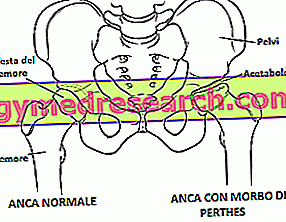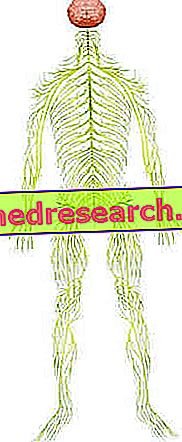
What is DaTSCAN?
DaTSCAN is a solution for injection containing the active substance ioflupane (123I).
What is DaTSCAN used for?
DaTSCAN is intended for diagnostic use only. DaTSCAN is indicated to detect loss of nerve cells in the area of the brain called the striatum. Specifically, the medicine promotes the detection of nerve cells that release dopamine, a chemical substance responsible for transmitting nerve impulses. The medicine is used to help diagnose:
• movement disorders such as Parkinson's disease and other related diseases, in which the loss of striated nerve cells in the brain produces tremor, gait disturbance and muscle stiffness. However, these disorders can also occur in the "essential tremor" (tremor of unknown cause). DaTSCAN helps to discriminate between Parkinson's disease and essential tremor;
• dementia (loss of intellectual function): DaTSCAN is used to help discriminate between a type of dementia known as "dementia with Lewy bodies" and Alzheimer's disease.
The medicine can only be obtained with a prescription.
How is DaTSCAN used?
DaTSCAN should only be used in patients followed by physicians experienced in the treatment of movement disorders and / or dementia. DaTSCAN should be handled and administered only by specialists experienced in the safe use of radioactive material.
Patients treated with DaTSCAN must also take another medicine (for example, iodine tablets) to reduce the absorption of iodine in DaTSCAN by the thyroid gland. This medicine should be given 1-4 hours before the injection and again 12-24 hours after the injection of DaTSCAN. DaTSCAN is given by slow intravenous injection (not less than 15-20 seconds) into a vein in the arm; the examination must be carried out between 3 and 6 hours after the injection.
How does DaTSCAN work?
The active substance in DaTSCAN, ioflupane (123I), is a radiopharmaceutical containing a substance, called ioflupane, which has been labeled with 123I (iodine-123), a radioactive form of the chemical element iodine. Ioflupane binds to structures present on the surface of the nerve endings of cells in the area of the brain called the striatum and responsible for the transport of dopamine.
When DaTSCAN is administered to a patient, ioflupane (123I) is distributed in the body through the bloodstream and accumulates in the striatum, where it binds to these cellular structures. The bond can be visualized using a special imaging diagnostic technique called SPECT (single photon emission computed tomography), capable of detecting radioactive iodine-123. If there is a loss of nerve cells containing dopamine (which typically occurs in patients with Parkinson's disease), DaTSCAN bonds are greatly reduced and this effect is displayed on the scan.
How has DaTSCAN been studied?
In Parkinson's disease DaTSCAN has been studied in 254 patients in two studies. In both studies the images obtained from healthy volunteers (45 in total) were compared with those of patients with Parkinson's disease (180 patients) or essential tremor (29 patients).
In dementia DaTSCAN has been studied in 288 patients who were diagnosed with dementia with Lewy bodies or Alzheimer's disease as well as some other form of dementia.
In all studies the measure of effectiveness was the accuracy of the diagnosis based on the images taken from the scan compared to the diagnosis made by a specialist doctor.
What benefit has DaTSCAN shown during the studies?
In the main study of patients with Parkinson's disease and essential tremor, the sensitivity of DaTSCAN reached 96.5%. This means that the illness identified by the doctor responsible for reading the images obtained with DaTSCAN corresponded to the diagnosis already pronounced by the specialist in 96.5% of cases. The sensitivity values of DaTSCAN in discriminating a potential dementia caused by Lewy bodies from other types of dementia were instead between 75.0% and 80.2%.
What is the risk associated with DaTSCAN?
Common side effects identified for DaTSCAN are increased appetite, headache, tingling and dizziness. The risk caused by radioactivity is considered extremely low. For the full list of all side effects reported with DaTSCAN, see the Package Leaflet.
DaTSCAN should not be used in people who may be hypersensitive (allergic) to ioflupane or any of the other substances, or during pregnancy.
Why has DaTSCAN been approved?
The Committee for Medicinal Products for Human Use (CHMP) decided that the benefits of DaTSCAN as a diagnostic agent outweigh the risks in order to facilitate the differentiation of essential tremor from parkinsonian syndromes related to idiopathic Parkinson's disease, multi-system atrophy and progressive supranuclear palsy, as well as the differentiation of probable dementia to Lewy bodies from Alzheimer's disease. The Committee therefore recommended that the product be granted marketing authorization.
More information on DaTSCAN
The European Commission granted a marketing authorization valid throughout the European Union for DaTSCAN to GE Healthcare Limited on 27 July 2000. The marketing authorization was renewed on 27 July 2005.
The full EPAR for DaTSCAN can be found here.
Last update of this summary: 02-2007.



